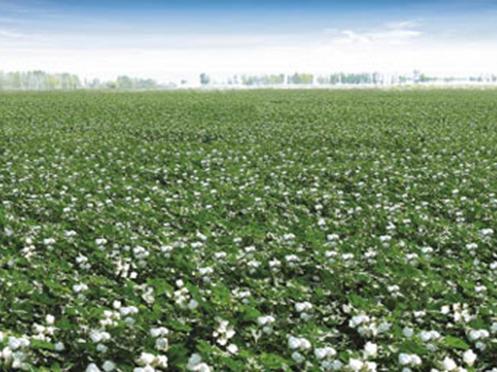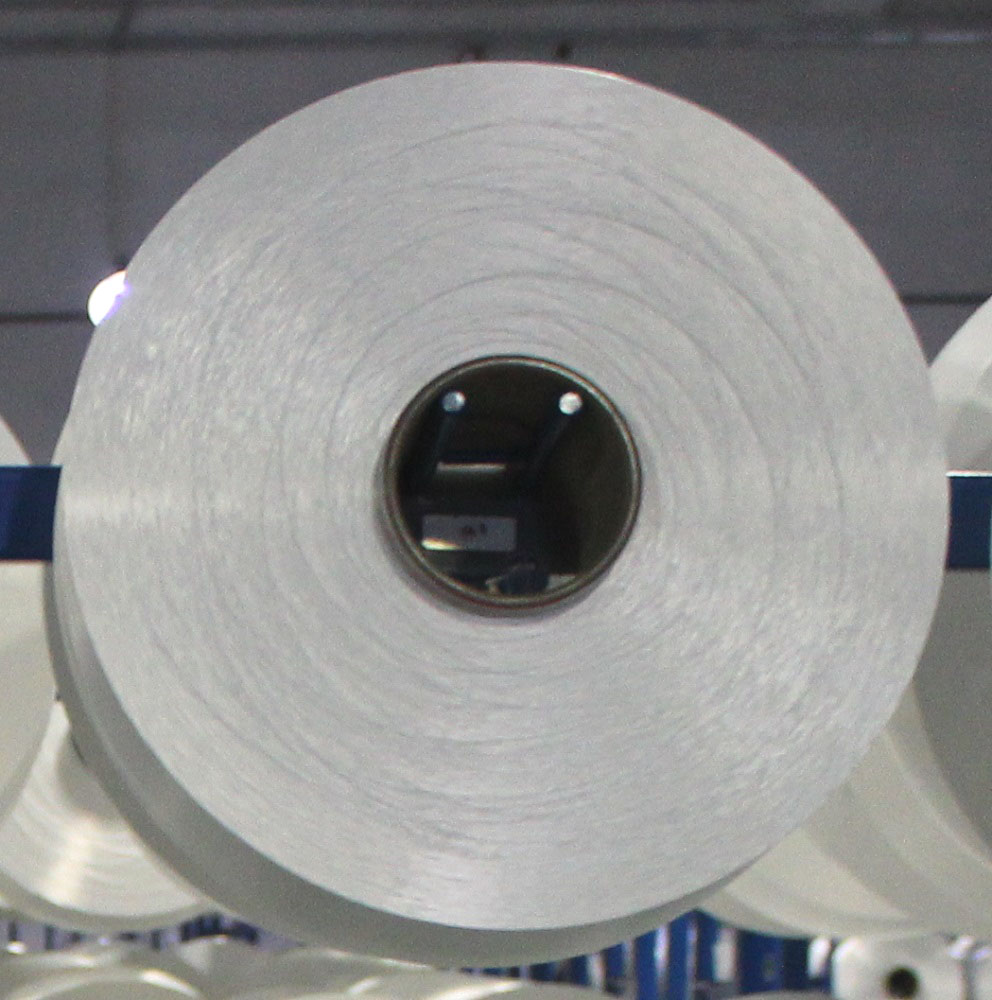How will the cotton purchase and storage policy be reformed?
 In 2011, cotton prices staged ups and downs roller coaster market, the cotton collection and storage policy should be born at a certain time. Now that the time has passed for almost three years, this policy has played a role in stabilizing the function of cotton prices, and many of its own ills have been exposed. First, intervention in the market is excessive, resulting in a weakening of the market mechanism. It is difficult for cotton spinning enterprises to obtain cotton with high quality and low price, and some people use the difference between the high price and the low price to start the business of turning cotton. Second, the import and export policies are complementary. Cotton quota management system, while limiting the influx of low-cost cotton, due to the existence of space for profit, quota repurchase has long been the unspoken rules of the industry. In the end, the funds collected for storage are from the Agricultural Development Bank, and the difference between purchasing, storage, and storage is subsidized by the Ministry of Finance. Huge collection and storage cost huge amounts of money, putting heavy pressure on national finances. Many ills highlighted that the introduction of the new policy has become a general trend.
In 2011, cotton prices staged ups and downs roller coaster market, the cotton collection and storage policy should be born at a certain time. Now that the time has passed for almost three years, this policy has played a role in stabilizing the function of cotton prices, and many of its own ills have been exposed. First, intervention in the market is excessive, resulting in a weakening of the market mechanism. It is difficult for cotton spinning enterprises to obtain cotton with high quality and low price, and some people use the difference between the high price and the low price to start the business of turning cotton. Second, the import and export policies are complementary. Cotton quota management system, while limiting the influx of low-cost cotton, due to the existence of space for profit, quota repurchase has long been the unspoken rules of the industry. In the end, the funds collected for storage are from the Agricultural Development Bank, and the difference between purchasing, storage, and storage is subsidized by the Ministry of Finance. Huge collection and storage cost huge amounts of money, putting heavy pressure on national finances. Many ills highlighted that the introduction of the new policy has become a general trend. In the process of brewing direct subsidies, Gao Yong, deputy chairman of the China Textile Industry Federation, calculated a total of 3.13 million tons in 2011/12, with a closing price of 19,800 yuan/ton, a cost of 61.974 billion yuan, and the 2012/13 harvest. The reserve price has increased to RMB 20,400/tonne, and the total reserves have been as high as 6.5 million tons, costing RMB 132.6 billion. The cumulative storage capacity for the two years has reached 9.63 million tons, totaling RMB 19,474,000,000. “Receiving and collection of funds from the Agricultural Development Bank**, the difference between the collection, storage, and storage is subsidized by the Ministry of Finance. The receipt and storage of the difference in storage plus warehousing, management, personnel, and other expenses will cost approximately 3,000 yuan for a ton of cotton and 10 million tons for 300 tons. If you use the direct subsidies policy, you may only need to spend 1/3 or even less to achieve the goal of protecting cotton farmers and stabilizing the market,†Gao Yong said.
Gao Yong said that China's existing cotton policy, whether it is imported cotton quotas, sliding tariffs, or revenue, the starting point is to protect the interests of cotton farmers. However, in the course of the implementation of these years, the interests of cotton farmers have not been effectively protected. Most of the income received by the farmers has been processed by lint instead of seed cotton, and most of the benefits have been obtained from the intermediate links between the embossed plant and the cotton marketing company. In addition, due to the high cost of raw materials, some textile companies have been greatly damaged.
According to the reporter's understanding, the top leaders of the country have stated that "the current policy of cotton collection and storage can no longer continue." The National Development and Reform Commission, the Ministry of Finance and the China National Textile and Apparel Council and other relevant departments are conducting research on the direct subsidies policy. The second half of the year is expected to start trials and will be officially promoted next year. However, the existing planting areas are scattered and the area is not clear. How to ensure that direct subsidies can eventually be subsidized in the hands of planting farmers? In terms of subsidy methods, whether or not to select subsidies based on mu or whether to choose pilots has not yet been established. Final comments. "After one year or one year after the direct subsidies policy was implemented, the current competent authorities are studying the details of the policy. The next step may be piloting. One year later, it may be promoted. Xinjiang is one of the hottest pilot areas we recommend." Gao Yong said.
Wang Qiang, a senior textile industry expert, analyzed that if the current situation in the international market is sluggish, the price of cotton may fluctuate greatly, and the risk and pressure on the whole textile industry chain may be greater. Therefore, the forthcoming "2013 Interim Cotton Storage and Storage Plan" (from September 1, 2013 to March 31, 2014) should not undergo major adjustments. It should be an adjustment to the 2014 cotton purchasing and storage policy. The collection and storage policies are not necessarily canceled, or will be used in parallel with the direct subsidies to farmers.
In the end, in order to make direct market-based changes in storage and subsidies, it is only necessary to subsidize the species, instead of directly controlling the supply of cotton and the rise and fall of cotton prices. According to industry analysts, cotton farmers directly receive subsidies and their planting enthusiasm is high. In the future, the planting area may be expanded, the corresponding cotton supply will increase, and the market price will go down.
Zhang Hongzhou, general manager of the Cotton Industry Department of China Galaxy Co., Ltd., said that if the cotton policy is changed from direct storage to direct subsidies, domestic cotton prices will gradually return to the market and be in line with international cotton prices. After direct subsidies, the domestic cotton price will gradually return to the market and integrate with the international cotton price. Under the combined effects of domestic policies, the future domestic cotton price should decline slowly. Zhang Hongzhou believes that the Mainland cotton accounts for the national cotton output. Less than 40%, and the low grade, so even if the growers get subsidies before planting next year, the decline in cotton prices will not come overnight, but a long-term process.
As for the direct subsidies policy, CSI analyst Chen Jing believes that it is not the best plan. The textile industry cannot improve its competitiveness by relying on price wars, but it must establish technology research and development and establish brands. In addition, from the experience of developed countries such as the United States, market problems are solved by market means. Chen Jing said that companies must have a sense of risk control and can use financial tools to avoid certain market risks. “We advocate direct subsidies policies to break the current system and achieve more marketization. The direct subsidies policy is not the best adjustment policy.†Gao Yong said that the ultimate outlet for China’s cotton industry is to go out of the small-farm economy-style planting model. To achieve large-scale, mechanized and industrial development, improve the quality of cotton, and enhance the company's international competitiveness.
Polyester Full Draw Yarn Semi Dull is the most common FDY with the largest output and is widely used for weaving and knitting for garments and home textiles. Our company mainly supplies fine denier and multifilament with good quality and competitive price, widely used for high speed warp knitting.The product range is from 20D to 150D.Round and flat sections are both available
Polyester Full Draw Yarn Semi DulL
Elastic Yarn,Fully Drawn Yarn,Semi Dull Yarn,Polyester Full Draw Yarn Semi Dull
YIBIN MERRY TRADING CO. LTD. , https://www.cnmerry.com